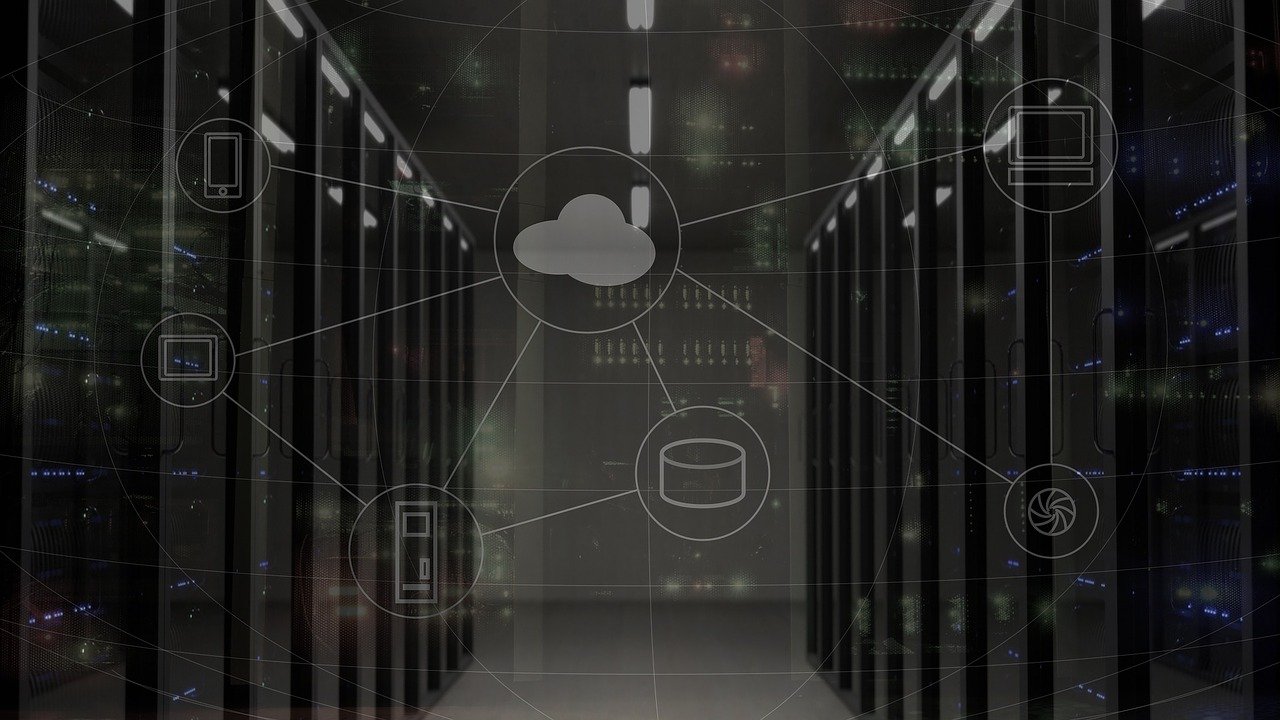
Due to the unprecedented global pandemic which significantly affected all industries, companies needed to develop innovative solutions in order to adapt and survive. In this five-part series, we examine how the forecasted for 2020 have shifted in the fight against COVID-19 to help the world adapt to the new normal.
Previously, we described big data analytics technology and its role in monitoring and predicting emerging outbreaks as well as blockchain-based solutions for protecting the massive collected data. In this article, we discuss the necessary network infrastructure to support large-scale interconnectivity and data and prescriptive analytics with real-time response.
5G
In view of the aggressive growth of interconnected devices, there is a need for infrastructure that could support billions of devices. 5G is a highly-anticipated next generation of wireless communication that is poised to cement interconnectivity of devices as an essential part of our world. According to CRC, 5G technology addresses network limitations in three key areas: connectivity, latency and bandwidth.
- Connectivity – 5G can help connect 50-100 billion devices worldwide.
- Latency – 5G promises to reduce latency to about 1 msec from 50 msec in the current 4G network.
- Bandwidth – 5G would allow for very high downloading speeds.
These advances allow realization of key use cases of 5G in public health such as telemedicine, connected hospitals, connected transport/drones, massive contact tracing, and an outbreak warning system. However, collaboration between all involved entities (public and private) is critical to achieve successful 5G roll-out.
Prior to the pandemic, service providers partnered with universities like the University of Waterloo and the University of British Columbia to further the Canadian 5G research and development program. At Waterloo, the research areas of interest are engineering, network design, applied mathematics, and AI; whereas in British Columbia, research will focus on leveraging 5G to detect earthquakes. As the pandemic intensified our digital dependence, it is expected that the widespread adoption of 5G for consumer use will be accelerated.
Edge Computing
The increased requirements to achieve the significant connectivity, latency and bandwidth improvements of 5G networks will necessitate sophisticated hardware and infrastructure in order to process massive amounts of data at faster speeds, thus driving the need for edge computing.
Edge computing refers to the infrastructure in which data processing is performed closer to the source to reduce the turnaround time of data transmission and reception. Significant savings in bandwidth and further reductions in latency are generated as computation and data storage are closer to the respective devices.
Edge computing is particularly helpful in ensuring the performance of online services such as streaming and videoconferencing. It should be noted that there was a substantial increase in data traffic during the COVID-19 crisis because people turned to Internet-based conferencing services to reduce physical contact.
In the next article in our series, we discuss mobile technologies such as telemedicine, e-commerce, virtual assistants, and immersive technologies that are enhanced by 5G network and edge computing platforms.
Previous articles in this series:
2020 Technology Trends Shift Due to COVID-19: Part 1 – Connectivity
2020 Technology Trends Shift Due to COVID-19: Part 2 – Data Analytics & Security